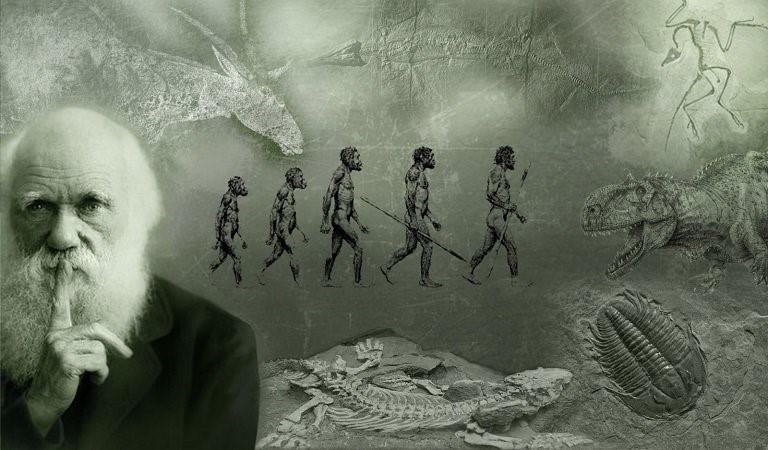Free Courses Sale ends Soon, Get It Now


Free Courses Sale ends Soon, Get It Now



Disclaimer: Copyright infringement not intended.
Context
February 12 is globally celebrated as Darwin Day to mark the birthday of naturalist Charles Darwin (12 February 1809 – 19 April 1882).
Details
Introduction
How genetic variations occur in a population
Evolution is a similar mechanism for all life
Change and evolution
Issues and Relevance
Conclusion
This understanding should make us respect diversity in human genetics, physiology, languages, histories and cultures.
|
PRACTICE QUESTION What is Genetic diversity and why does it matter? Discuss 200 words |
© 2024 iasgyan. All right reserved